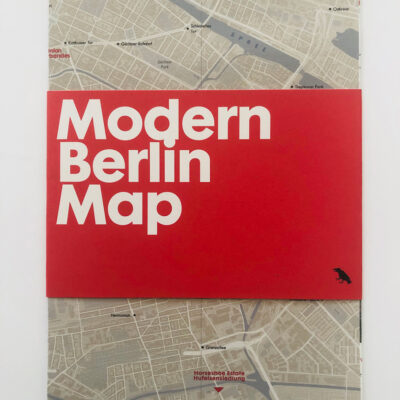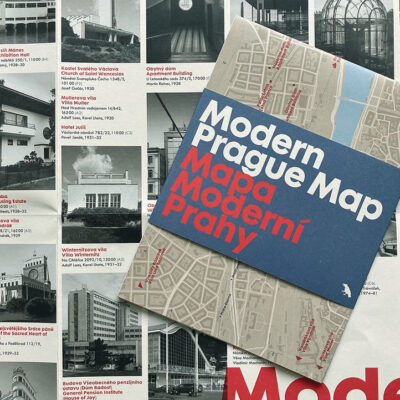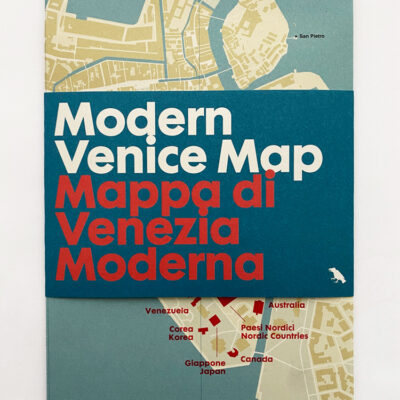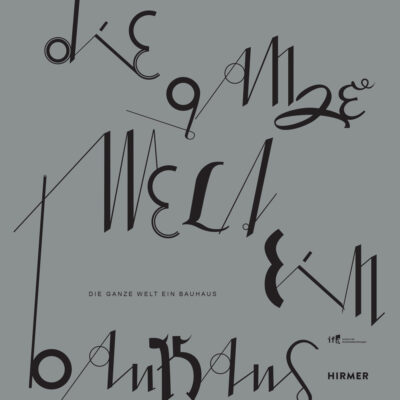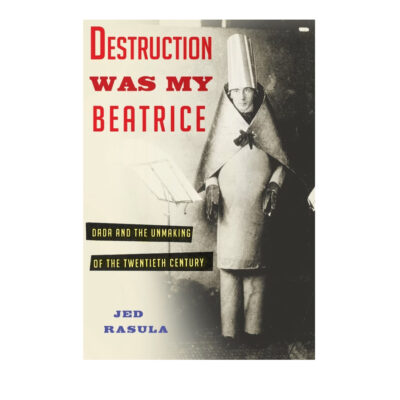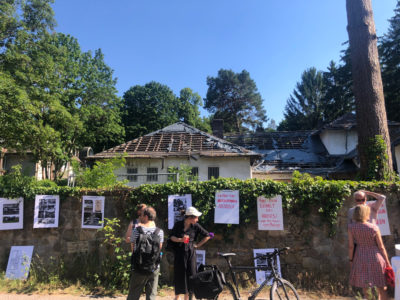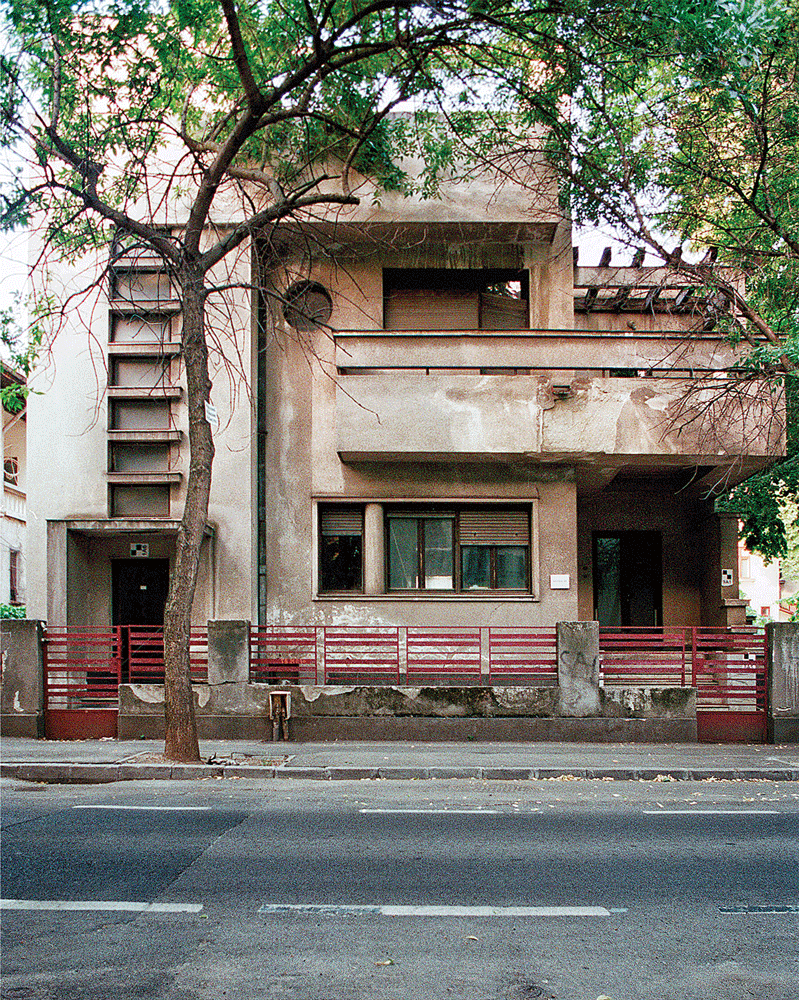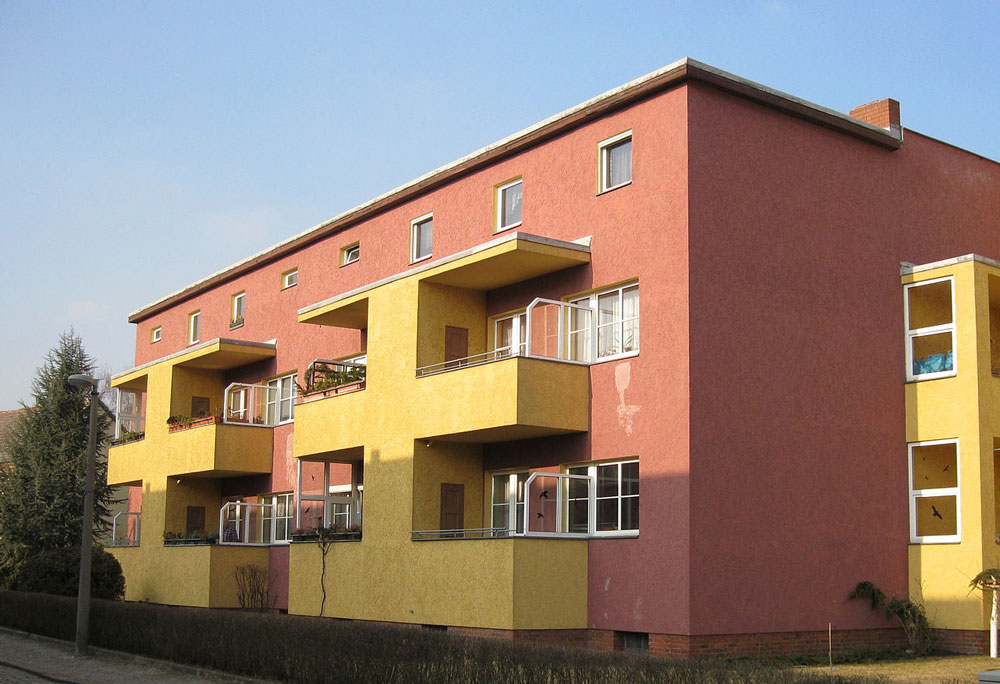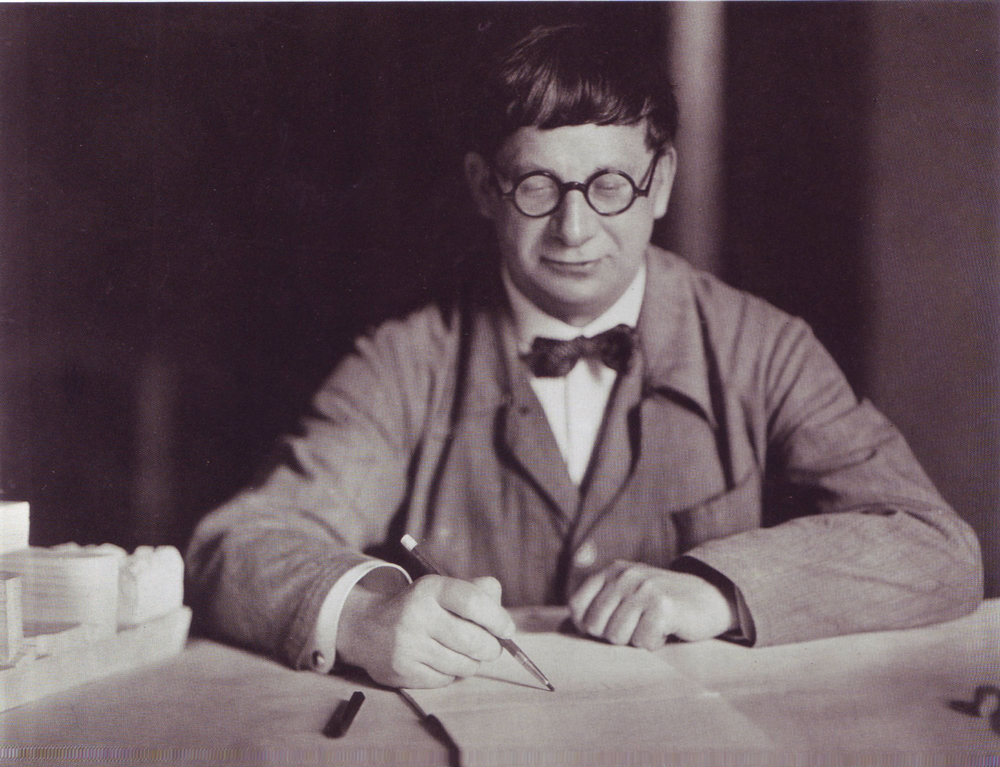
Hans Poelzig
1869-1936 German Architect, set designer and artist
Born (supposedly) into an aristocratic family in fraught circumstances. He was the son of Countess Clara Henrietta Maria Poelzig and her then-husband, Englishman, George Acland Ames, who would not acknowledge that Hans was his child. By way of solution, Hans was brought up by the local choirmaster’s family.
In 1903, by now an architect, married to Maria Voss, Hans became a teacher at the Breslau Academy of Art and Design (today Wroclaw). The city was a vibrant highly developed commercial and industrial city, and aside from the pause during WW1 boomed and blossomed until the early 1930s. The city was also later an enthusiastic adopter of Nazism. Home to Max Berg’s Centennial Hall and Mendelsohn’s groundbreaking Petersdorf department store for the Wertheim family, to Hans, a visionary architect, it was the perfect petri dish for the development of modernist, expressionist architecture. Poelzig, an important member of the Deutscher Werkbund, was by 1916 appointed City architect of Dresden.
He had the ability to cross mediums which is how his life became intertwined with theatrical impresario, Max Reinhardt, for whom he designed the interior of Berlin’s Grosses Schauspielhaus and the Festival Theatre in Saltzburg. His work for the UFA film director Paul Wegener on the set of The Golem how he came into the World is considered groundbreaking.
It is impossible to consider the development of New Objectivity and Expressionism in architecture without considering the huge contribution of Poelzig, he constantly straddled theory and practice. A recipient of and contributor to Die Gläserne Kette, the important Glass Letter – a chain letter passed from one modernist architect to another between November 1919 to December 1920.
He divorced Maria and married fellow architect and sculptor, Marlene Moeschke with whom he created Studio Poelzig in the house and workplace they designed together in Berlin’s Westend. From 1925-32 he taught at TU Berlin and at the Prussian Academy of Arts where he became Director of the Architecture programme.
Alongside a rollcall of the most important interwar years’ architects in Germany, Hans worked on Stuttgart’s 1927 Weissenhof Estate.
In 1933, for a short time, he replaced Bruno Paul, removed by the Nazis, as a Director of the School of Fine and Applied Arts (Vereinigte Staatsschulen für freie und angewandete Kunst).
Poelzig could see the direction of travel once the Nazis were in power and he planned to join the likes of Bruno Taut in Istanbul and was commissioned to build a theatre and concert hall, however, Hans unexpectedly died of a stroke and was buried in Berlin.
This left Marlene Poelzig in a precarious position and under great pressure from the Nazis. She felt compelled to close her studio in 1937 and leave the Poelzig family home and was unable to realise its true financial value. Today the house is the focus of attention of conservationists.
Poelzig buildings include:
1904 family home for an arts and crafts exhibition
1908 a series of houses in Posnan
1911 Sulphuric Acid chemical production plant, Lubań
The Upper Silesia Tower in Posnan (1911) for the ‘Exposition of the German East’, Ostdeutsche Ausstellung
1912 Department store Wroclaw, Junkerstrasse
1913 Four Domes Pavilion Wroclaw (next to the Centenial Pavillion) Unesco world heritage site
1919 Grosses Schauspielhaus, Berlin for Max Reinhardt
1920 Festspielhaus, Salzburg
1920 Film set for The Golem for Paul Wegener
1924 Offices in Hanover
1927 Deli- Kino Cinema, Wroclaw
1929 Kino Babylon, Mitte Berlin
I G Farben Building aka Poelzig Building, Frankfurt 1928-1930
Haus des Rundfunks, Radio City Berlin in Charlottenburg 1929





